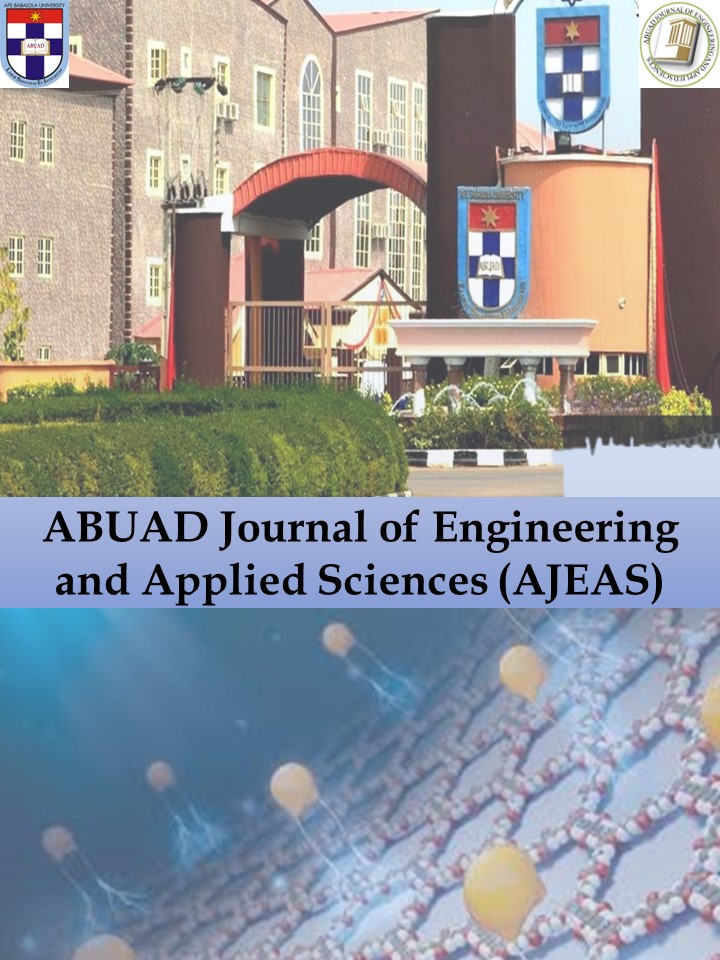Evaluating the Influence of Blast Design in Quarrying Operations on the Environment
Main Article Content
Abstract
Blasting operations in quarrying have significant environmental impacts that must be managed carefully. Ground vibrations, air blasts, and dust generation are primary concerns. Understanding blast design parameters' impact on fragmentation efficiency and environmental consequences is essential for advancing quarrying practices. The primary challenge in quarrying is to balance these competing demands: achieving optimal rock fragmentation while minimising adverse environmental effects. This research aims to evaluate the influence of blast design on the environment by providing a detailed assessment of how different parameters affect productivity and environmental impact. This research investigates how various blast design parameters—specifically charge weight, blast pattern, timing sequences, and explosive types—impact the environment. The results show that none of the selected quarries complied with the regulated standard. However, factors that promoted low blasting vibration effects on the environment were bench height of not more than 10 m, very low charge load density of approximately 2 tonnes, and consistent application of non-electric detonators and connectors. Locations with a high bench height of 13.8 m recorded noise levels of 105 to 110 dB, fly rocks within 225 to 280 m, and a backbreak of 3.5 to 6.0 m, while locations with a bench height of 10 m and below recorded noise levels of 79 to 91 dB at 300 m away from the centre of the blast, while the backbreak and the fly rock distances are within 1.6–2.2 and 170-216, respectively. Siting a residential building over 1000 meters away from the quarry is significant for the control and reduction of vibration effects to a negligible degree. Therefore, the government should contract quality control monitoring to private companies for effective monitoring.




